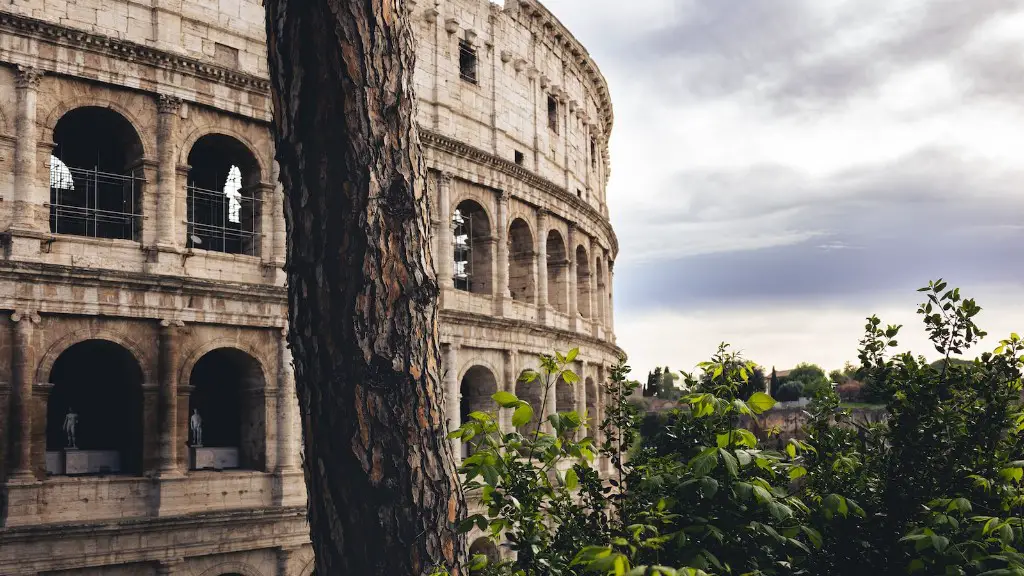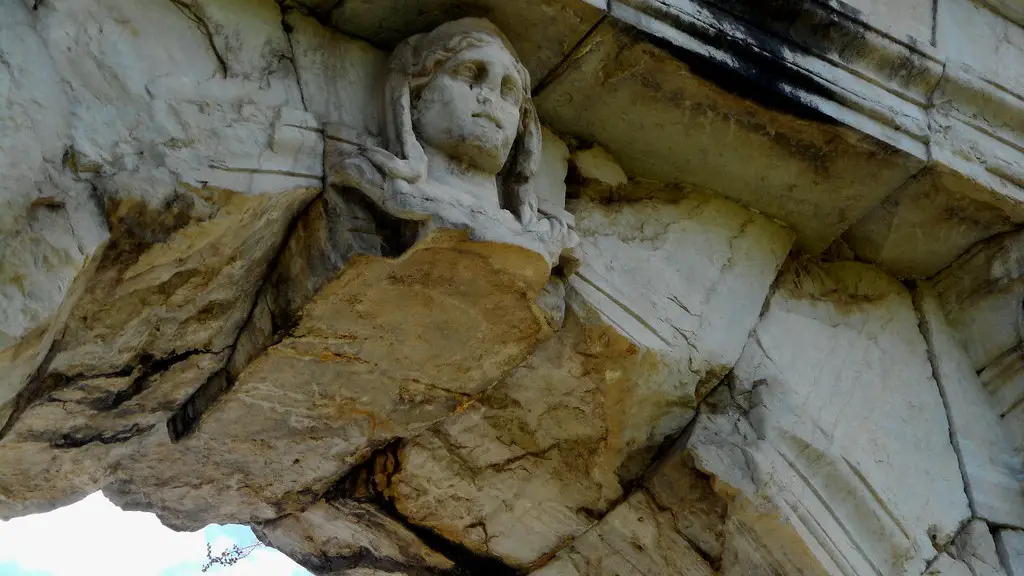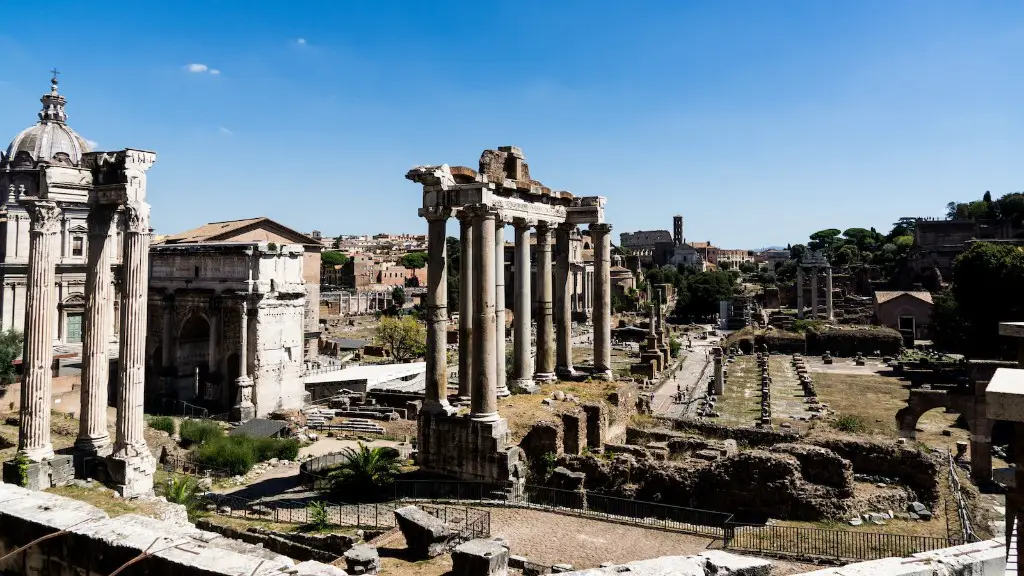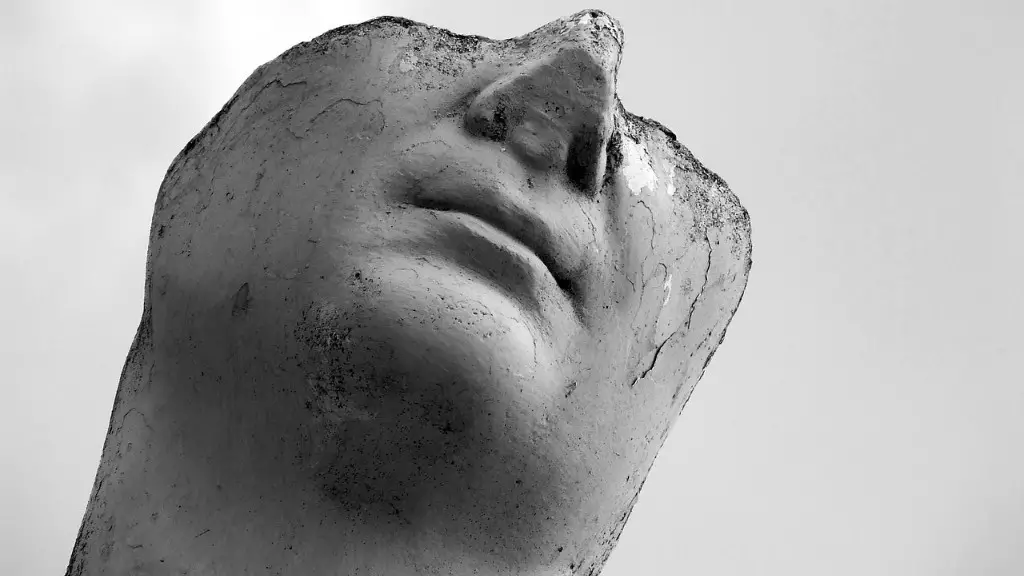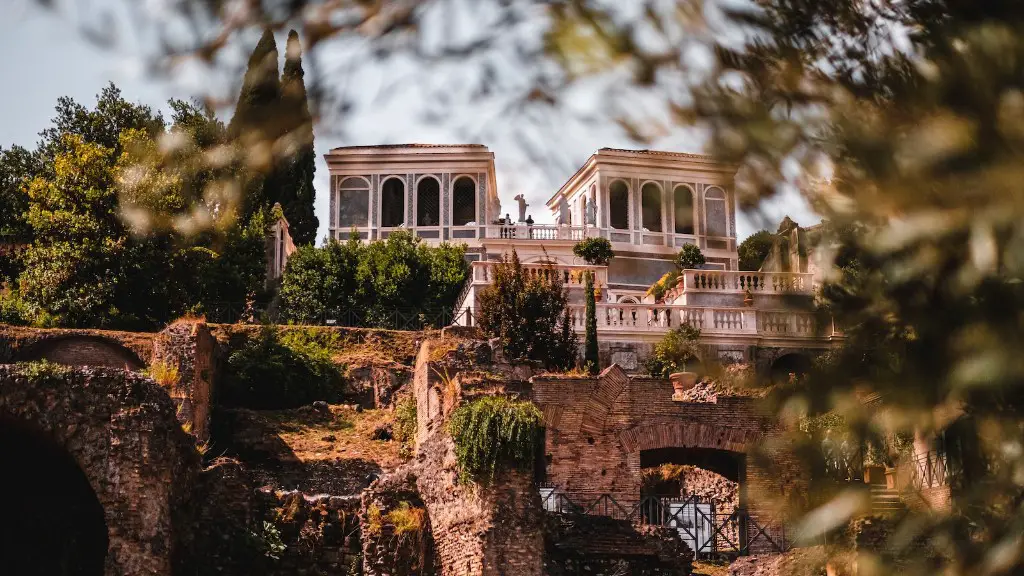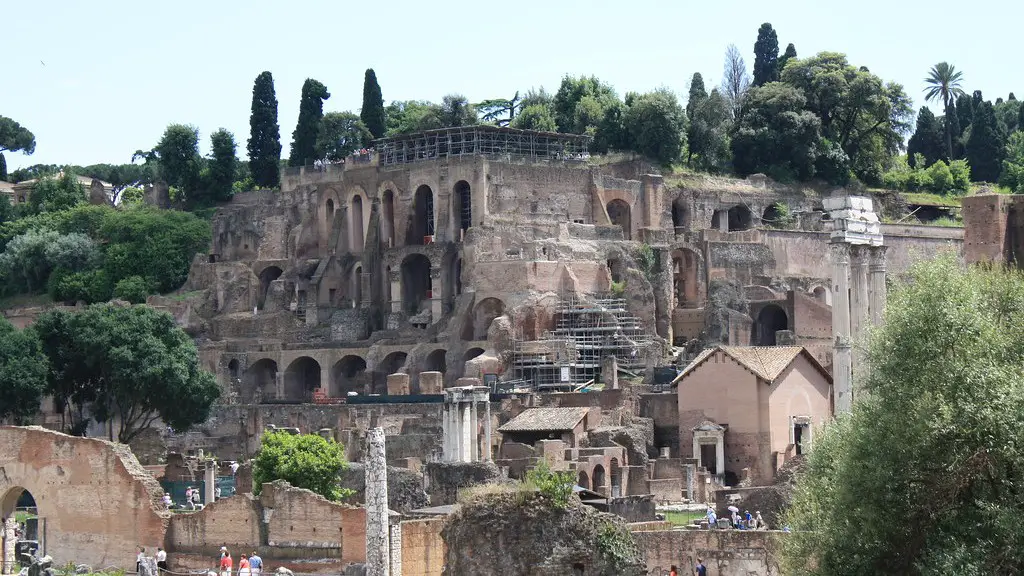Ancient Rome is one of the most intriguing civilizations in the world. It is believed to have been founded in 753 BC by twin brothers Romulus and Remus. Ancient Rome was a civilization that had a profound influence on the world, from its advanced architecture, science and technology, to its art, language and culture. But who were the people who founded Rome and why do we still talk about them today?
According to the ancient Roman version of the story, Romulus and Remus were the sons of Mars, god of war, and Rhea Silvia, a vestal virgin. After the brothers were thrown into the Tiber River and left for dead, they were supposedly saved and raised by a she-wolf. Later they were discovered by a shepherd and taken in by King Numitor, who then restored Romulus and Remus as his rightful heirs. With the help of the gods, Romulus and Remus were able to defeat the evil usurper, Amulius, and reclaim their lost kingdom.
The traditional account of the city’s founding says that Romulus and Remus then chose a location to build the city of Rome, where they erected the Lupercal, a sanctuary to the she-wolf who had nursed them. Romulus drew up plans for the city, named it after himself, and allocated lands for the city’s groups and tribes. With that, the city of Rome was founded, and for the next thousand years, it would be the undisputed center of power and influence in the Mediterranean world.
The historical accuracy of the Roman legend and its central characters is a matter of debate. While some scholars and historians have argued that the story of Rome’s founding is a myth, others have argued that the historical records of the city’s founding are the best evidence for the historical accuracy of the legend.
From a political perspective, the founding of Rome was significant because it became the first Republic in the Western world. For centuries, the city was ruled by its patrician class, while citizens and plebians alike were allowed to participate in its government and its social and economic life. This form of government, and the laws and customs it created, would influence many other cultures and civilizations.
In terms of its cultural and artistic influence, Ancient Rome was a major contributor to the development of mythology, literature, art, architecture and law. Its mythology, for example, was an important source of inspiration for art and literature throughout history, while its law code and governmental structure were a major influence on later nations.
It is likely that the lasting impact of Ancient Rome on the world today can be attributed to the unique combination of its history and mythology. Although many of the details surrounding its founding are shrouded in mystery, we can still be sure that Rome’s profound influence on Western civilization can be traced back to Romulus and Remus, the twin brothers who founded the city of Rome in 753 BC.
Economic Impact of Ancient Rome
The economic impact of Ancient Rome is undeniable. During the course of its rule, the Roman Empire developed powerful economic systems and institutions, the most prominent of which was the Pax Romana, a period of relative stability and prosperity in the Mediterranean world. Through taxes, public works and conquest, Rome also accumulated immense wealth, and this wealth was used to fund public works, such as roads, aqueducts and public buildings, as well as civic institutions, such as universities and libraries. As a result, Rome was able to become a superpower in the Mediterranean world.
The Roman Empire also developed strong trade and economic interaction among its provinces. Rome encouraged the development of its provinces and trade networks, even creating a common currency to facilitate economic exchange. This economic integration allowed Rome to spread its influence and culture across its vast empire. Rome’s economic system also enabled it to raise an army that was able to protect its territories and maintain its dominance in the Mediterranean world.
Not only did Rome’s economic system and institutions create wealth and stability, they also opened the door to a new era of economic and social development. Rome’s culture and economy stimulated people’s interest in many scientific disciplines, including engineering, which was used to create public works projects like roads, bridges and aqueducts that enhanced the lives of citizens in the Roman Empire. Additionally, through its trade and economic interactions, Rome opened up its culture and customs to other parts of the world, and its influence is still felt today.
Social Structure of Ancient Rome
The social structure of Ancient Rome was largely determined by its laws and customs. The highest class in Roman society consisted of the patricians or aristocrats, who held the majority of power and influence in the society. Below them, were the four main classes of plebeians, the freedmen, the equestrians, and the freedwomen. Plebeians constituted the main population of the city and although they differed socially, they were all citizens of Rome. The freedmen were former slaves who were granted their freedom by the Roman Senate. The equestrians were merchants and businesspeople who were wealthy and influential in their communities. Freedwomen were women who had been freed from slavery but were still considered second-class citizens. Lower-class citizens, including slaves, were excluded from the four main classes of Roman society.
Rome’s patrician class dominated its government and had considerable influence in Roman society. It was the only class that acted as a ruling class in Roman society. Their wealth allowed them to have a greater say in the affairs of the city, as well as an advantage over the other citizens in terms of influence and power. The laws and customs of Ancient Rome reflected the class-based society and the inequalities between the classes. There was little social mobility or equality and class divisions were severely entrenched in Roman society.
Roman Religion & Mythology
Roman religion and mythology were deeply intertwined with the politics and culture of Ancient Rome. Religion was an integral part of life in Rome, with religious festivals and rituals practiced in the public sphere. The Roman people believed in the gods and goddesses of the Roman pantheon, which was made up of gods and goddesses from Roman, Greek and Etruscan mythologies. Roman mythology and religion were an important source of inspiration for Roman art. Images of gods, goddesses and mythological figures were featured in sculptures, paintings, and mosaics.
Roman mythology and religion were also deeply in conversation with Roman philosophy. Roman thinkers, such as Cicero, used mythology as a means of exploring and understanding the world around them. For example, Cicero used the myth of Oedipus to explore the concept of predestination and the power of chance. Additionally, Stoicism, one of the most widespread philosophies in Ancient Rome, merged philosophy with religion and morality.
The legacy of Roman mythology and religion is still felt today. Images, stories and characters from Roman mythology and religion appear in stories, films, and art, and the concepts behind Roman mythology, such as fate and destiny, are still discussed in modern philosophy and literature. Furthermore, religious institutions in the Western world have been influenced by the practices of the Roman religion.
Roman Architecture & Technology
Ancient Rome was known for its impressive and innovative architecture as well as its technological advancements. The city of Rome itself was built atop the ruins of older civilizations, such as the Roman Republic, the Etruscan civilization, and the Greek city-states. Roman architects and engineers drew upon these influences when designing the city, and the city of Rome was the most impressive and influential example of Roman architecture.
Roman engineers and architects developed new and impressive building technologies and architectural styles that improved the structural aspects and aesthetics of buildings. This includes the invention of concrete, the use of arches to create strong and stable buildings, and the innovations in engineering that made it possible to transport large amounts of water over distances. Roman architecture also displayed a high degree of artistry, with its ornate columns, sculptures and reliefs.
The innovations in architecture and engineering during Ancient Rome’s period of rule gave a major boost to the construction and durability of buildings in the Western world. Roman architecture is still an influence in modern construction, with many buildings in Europe, the United States, and elsewhere incorporating elements from Roman architecture. Moreover, the innovations in engineering developed by Roman engineers are still used in modern engineering.
Roman Education & Literature
Education and literature were two major fields in which Ancient Rome excelled. Roman education was divided into two categories: higher education and primary education. Higher education focused on the philosophical and political aspects of the Roman republic and was usually restricted to wealthy patricians. Primary education was more widely accessible, and was mostly focused on practical skills such as reading, writing and basic arithmetic.
Literature was also highly influential in Ancient Rome. Latin was the language of literature, and many of Rome’s greatest writers wrote in Latin. These writers wrote about history, philosophy, love and politics, and their works were highly influential in shaping the culture of Rome, as well as that of the wider Mediterranean world. Roman literature has had a lasting impact on Western culture, and continues to be studied and enjoyed today.
Overall, Ancient Rome was one of the most influential civilizations in the Western world. Its founding, laws, culture and artistry have profoundly influenced modern society, and its legacy is still evident in many parts of the world. From its founding by the legendary twin brothers Romulus and Remus, to its lasting influence on literature, education and architecture, Ancient Rome’s influence is undeniable.
